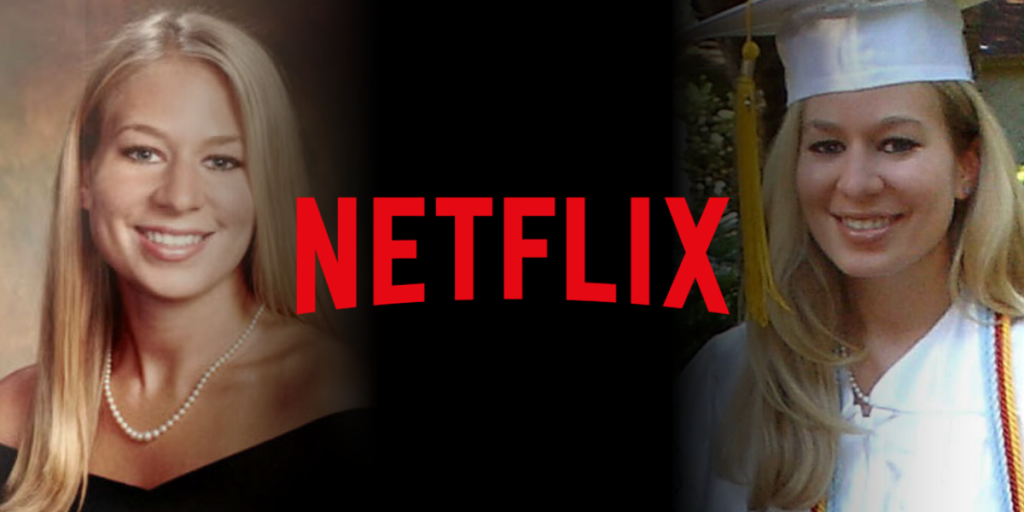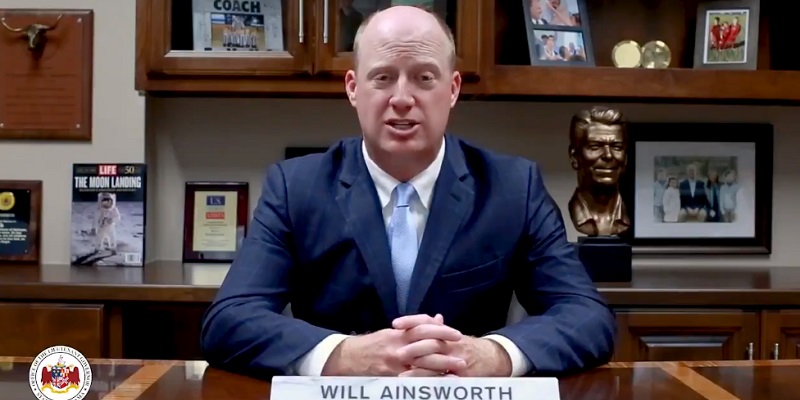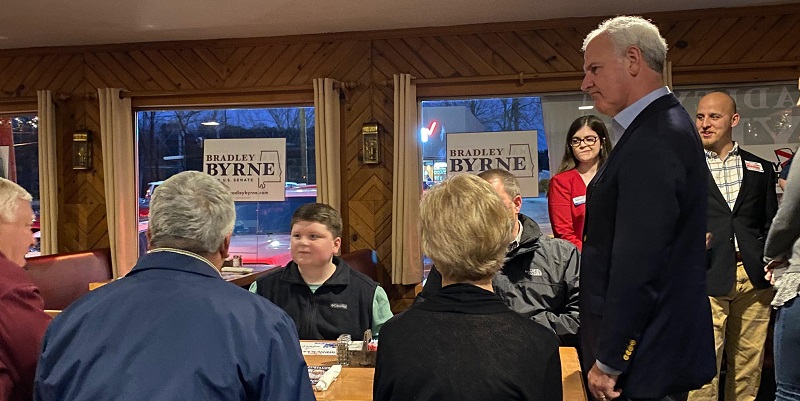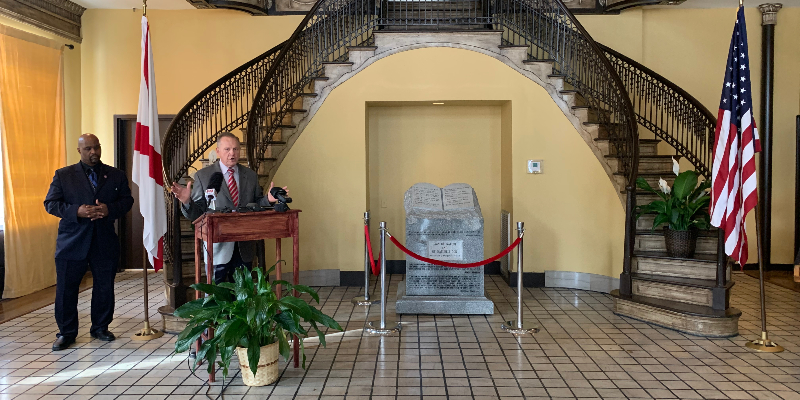Despite all of the criticism of and criminal investigations into Russian interference in America’s 2016 presidential election, a report by the New York Times has revealed that Democratic operatives executed a covert, “deceptive” digital campaign copying “Russian tactics” in support of Doug Jones’ candidacy in 2017.
“As Russia’s online election machinations came to light last year, a group of Democratic tech experts decided to try out similarly deceptive tactics in the fiercely contested Alabama Senate race,” the New York Times article summarized, referring to Jones’ general election win over Republican nominee Roy Moore.
“False flag” operation
The NYT article is based off of an internal report on the Democrats’ shadowy tactics that was published by the very participants in these efforts.
In fact, one participant in the campaign, Jonathon Morgan, is the chief executive of New Knowledge, a cyber security firm that wrote a scathing account of Russia’s social media operations in the 2016 election that was just released this week by the Senate Intelligence Committee.
The internal report admitted explicitly that the Democratic operatives “experimented with many of the tactics now understood to have influenced the 2016 elections.”
The shadow campaign’s operators created a fake Facebook page on which they pretended to be conservative Alabamians, using it to try to divide Republicans in the Yellowhammer State. They even endorsed a specific write-in candidate to draw votes away from Moore.
Perhaps the most startling revelation in the internal report was that of the operatives’ “false flag” operation where they essentially admitted to manufacturing a false story against Moore that national media outlets then ran with. This involved a scheme to link the Republican candidate’s campaign to thousands of Russian Twitter accounts that suddenly began following the Moore.
“We orchestrated an elaborate ‘false flag’ operation that planted the idea that the Moore campaign was amplified on social media by a Russian botnet,” the report bragged, later calling it “radicalizing Democrats with a Russian bot scandal.”
The report also explained that the efforts intentionally sought to “enrage and energize Democrats” and “depress turnout” among Republicans, in part by amplifying accusations that Moore had pursued inappropriate relations with teenage girls when he was a prosecutor in his 30s.
However, Morgan claimed that he was not on the same page as other participants in the efforts when it came to their intended effects. For him, or so he asserted, the tactics were purely research and not meant to influence the election.
“The research project was intended to help us understand how these kind of campaigns operated,” Morgan told the New York Times. “We thought it was useful to work in the context of a real election but design it to have almost no impact.”
He referred to the efforts in Alabama as “a small experiment.”
The funding of the Democratic efforts
The project had a budget of $100,000, which was funded by California billionaire Reid Hoffman, the co-founder of LinkedIn. The New York Times further detailed how the funding flowed into the race without voters being able to know what was happening.
“The money passed through American Engagement Technologies, run by Mikey Dickerson, the founding director of the United States Digital Service, which was created during the Obama administration to try to upgrade the federal government’s use of technology. Sara K. Hudson, a former Justice Department fellow now with Investing in Us, a tech finance company partly funded by Mr. Hoffman, worked on the project, along with Mr. Morgan,” the article outlined.
The publication added that no evidence has surfaced that now-Sen. Doug Jones (D-Mountain Brook) sanctioned or was even aware of the “deceptive” efforts meant to boost his candidacy.
Joe Trippi, a prominent national Democratic operative who served as a top adviser to Jones’ campaign, said he had noticed the Russian bot swarm suddenly following Moore on Twitter. Trippi added that it was impossible that a $100,000 operation had an impact on the race, which saw tens of millions spent during the general election.
The New York Times authors themselves also stated that the “secret project…was likely too small to have a significant effect on the race.”
Trippi, however, said he was disturbed by the shadow tactics.
“I think the big danger is somebody in this cycle uses the dark arts of bots and social networks and it works,” he said. “Then we’re in real trouble.”
However, in a race decided by a margin of only 21,924 votes that drew more than 22,800 write-in votes, people will question if there was a tangible effect of the Democratic efforts.
Write-in interference
Morgan did confirm that the operatives created a generic Facebook page to trick conservative Alabamians — he claimed he could not remember its name — and that Mac Watson, one of several write-in candidates, contacted the page.
“But we didn’t do anything on his behalf,” Morgan added.
However, the internal report admitted the Facebook page agreed to “boost” Watson’s campaign and that the operatives, under the anonymous cover of the fake page, stayed in regular touch with him. The report also stated that the page was “treated as an advisor and the go-to media contact for the write-in candidate.’’ The report explained the page got him interviews with The Montgomery Advertiser and The Washington Post.
Watson, a business owner in Auburn, confirmed that he got some assistance from a Facebook page whose operators stayed in the shadows.
After he contacted the page, it offered an endorsement, though no direct funding.
“They never spent one red dime as far as I know on anything I did — they just kind of told their 400 followers, ‘Hey, vote for this guy,’” Watson advised.
He never spoke with the page’s author or authors by phone, and they declined a request for an in-person meeting. This was not the only red flag in the situation, as Watson noticed that his Twitter followers suddenly ballooned from about 100 to about 10,000 out of nowhere.
Watson also said that the page asked whether he trusted anyone to set up a super PAC that could receive funding and offered advice on how to attract disenchanted Republican voters.
Then, Watson noticed one final oddity. The day after the December 2017 election, the Facebook page that had supported him had vanished.
“It was a group that, like, honest to God, next day was gone,” Watson remarked. “It was weird. The whole thing was weird.”
Sean Ross is a staff writer for Yellowhammer News. You can follow him on Twitter @sean_yhn













